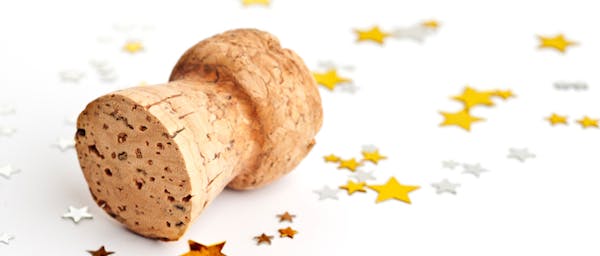Types of sparklers
• Wines labeled "Champagne" are by law made only in that region of France (with a few "grandfathered" domestic exceptions like Korbel). They tend to be complex, intense and rich, often with yeasty notes.
• In the rest of France, sparkling wines usually are labeled "Cremant." They tend to be gentler and often creamier than Champagnes.
• Prosecco, from Italy, is almost invariably lighter, frothier and fruitier than Champagne, often more floral on the nose and tropical on the palate.
• Cava, from Spain, generally splits the difference between Champagne and prosecco in terms of dryness and ripeness, with firm texture, earthy notes and citrus/green-apple aromas and flavors.
• Sparkling moscato, "sekt" from several European countries and, of course, domestic sparkling wines are other contenders. Then there's lambrusco, a slightly carbonated red wine, that's gaining in popularity.
Recommendations
Some choice "mixers" (all $20 and under, unless noted):
Domestic: Gruet Blanc de Noirs, Mumm Napa Cuvee M.
French: Lucien Albrecht Cremant d'Alsace Brut Rosé, Poulet & Fils Clairette de Die Tradition, Simonnet-Febvre Cremant de Bourgogne.
Prosecco: Adami Bosco di Gica, Cavicchioli 1928 DOC, Mionetto Valdobbiadene Brut, Riondo Spago Nero, Vias Acinum.
Cava: Avinyo, Mont Marcal Brut Reserva and Brut Rosé, Pere Mata, Segura Viudas Brut Reserva Heredad ($25 and worth it).
Bill Ward
Olympian Kristi Yamaguchi is 'tickled pink' to inspire a Barbie doll

After 4 decades in music and major vocal surgery, Jon Bon Jovi is optimistic and still rocking
Rom-com author Emily Henry knows the secret to having a healthy relationship with love

